Disclosure: This article contains affiliate links. We may earn a commission from purchases at no extra cost to you, which helps our travel content.
When business takes me to the East Coast, I've developed a habit of carving out weekend explorations to balance the intensity of corporate negotiations. Recently, while in New Jersey for a cross-border acquisition meeting, I discovered Lakewood—a destination that defies the Garden State stereotypes perpetuated by reality television. This modest township, once a prestigious winter resort for America's elite during the Gilded Age, harbors historical treasures that remain remarkably intact yet curiously overlooked by the mainstream travel circuit. As someone accustomed to analyzing the fine print of international contracts, I found myself equally engrossed in deciphering the historical narratives embedded in Lakewood's architecture, landscapes, and cultural institutions. What follows is my attorney's brief on why this unassuming locale merits consideration for couples seeking an intellectually stimulating weekend retreat that won't overextend your financial resources.
The Gilded Age Legacy of Lakewood
Lakewood's transformation from pine forest to prestigious resort town began in the late 19th century, when railroad connections from New York and Philadelphia made it accessible to the industrial elite seeking respite from urban pollution. The town's microclimate—moderated by surrounding pine forests that were believed to have health benefits—attracted wealthy families including the Rockefellers, Goulds, and Astors.
Walking Lakewood's downtown district today feels like navigating through layers of historical documentation. The most compelling evidence of this gilded past stands at the corner of Clifton Avenue and 4th Street: The Strand Theater. Built in 1922, this Italian Renaissance-style performance venue hosted vaudeville acts and early motion pictures. After a meticulous restoration, it now presents an eclectic calendar of performances.
During my visit, I attended a chamber music concert that seemed perfectly calibrated to the venue's acoustics. The architectural details—ornate plasterwork, vintage lighting fixtures, and the original proscenium arch—transported me to an era when entertainment was considered an art form rather than merely content consumption. I found myself taking detailed mental notes on the preservation techniques employed, much as I would analyze the structure of a complex international agreement.
For couples interested in American cultural history, I recommend bringing a pair of compact binoculars to appreciate the ceiling details and architectural elements that might otherwise go unnoticed. The theater offers guided tours on select weekdays, which I found to be exceptionally informative about both the venue's history and broader preservation efforts in Lakewood.
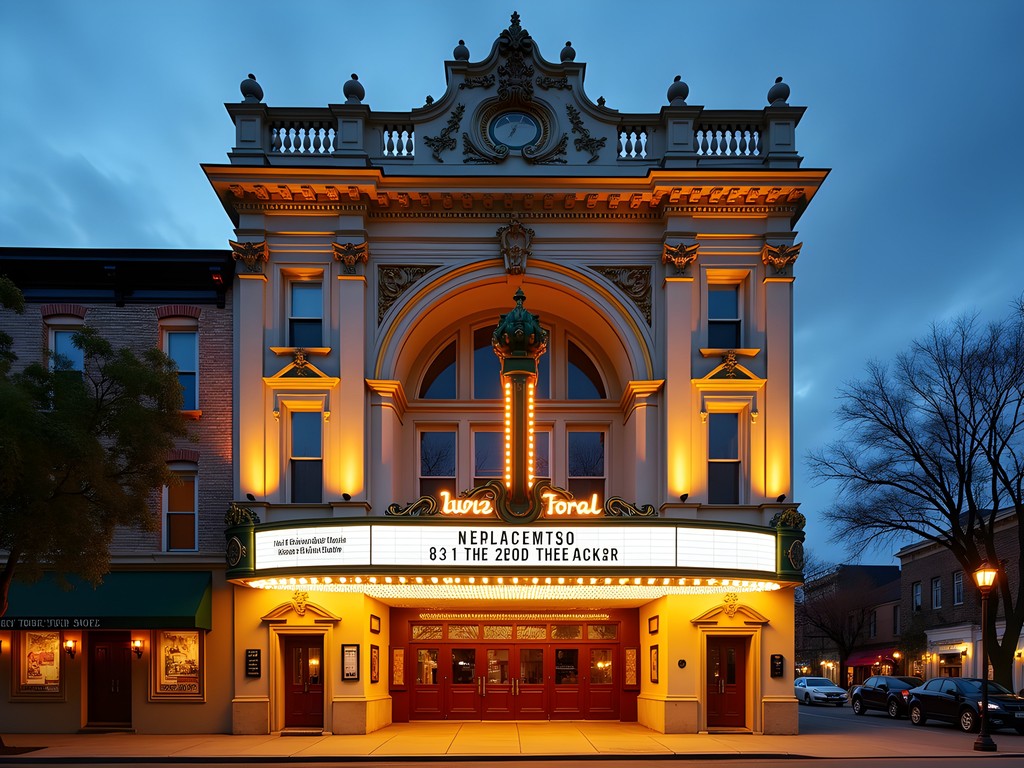
💡 Pro Tips
- Purchase Strand Theater tickets online in advance for weekend performances, as local shows often sell out
- Visit on Thursdays when guided architectural tours are available before evening performances
- The theater's small museum in the lobby contains fascinating ephemera from Lakewood's heyday—allow 20 minutes to browse
Georgian Court University: From Vanderbilt Estate to Academic Haven
Perhaps Lakewood's most spectacular historical asset is hiding in plain sight as a functioning university campus. Georgian Court University occupies the former estate of George Jay Gould, son of railroad magnate Jay Gould. The property, originally named Georgian Court, was designed by architect Bruce Price (father of etiquette expert Emily Post) in 1896.
Having visited numerous university campuses for legal conferences, I can state with professional certainty that few academic institutions occupy grounds of such historical significance. The centerpiece of the estate, the Mansion, exemplifies the French Beaux-Arts style with its symmetrical facade, mansard roof, and ornate stone detailing. Now serving as administrative offices, it remains open to visitors during weekday business hours.
What particularly impressed me was the Casino Building—not a gambling establishment, but rather a recreational facility in the original sense of the Italian word 'casino' (small house). This structure housed an indoor swimming pool, court tennis facilities, bowling alleys, and a billiards room. The meticulous restoration preserves both architectural elements and the spirit of leisure that characterized America's Gilded Age elite.
The formal gardens, designed by the renowned Olmsted Brothers firm (sons of Frederick Law Olmsted of Central Park fame), feature classical statuary, fountains, and the Japanese Garden with its authentic tea house. I spent a contemplative hour photographing the interplay of natural and designed elements with my travel camera, which proved ideal for capturing both landscape vistas and architectural details in the variable spring light.
While the university maintains the property primarily for educational purposes, they graciously accommodate visitors. The campus offers self-guided walking tours with informational placards that contextualize the historical significance of each structure. For couples interested in landscape architecture or American history, this represents an exceptional opportunity to experience Gilded Age grandeur without the crowds that flock to better-known mansions in Newport or the Hudson Valley.
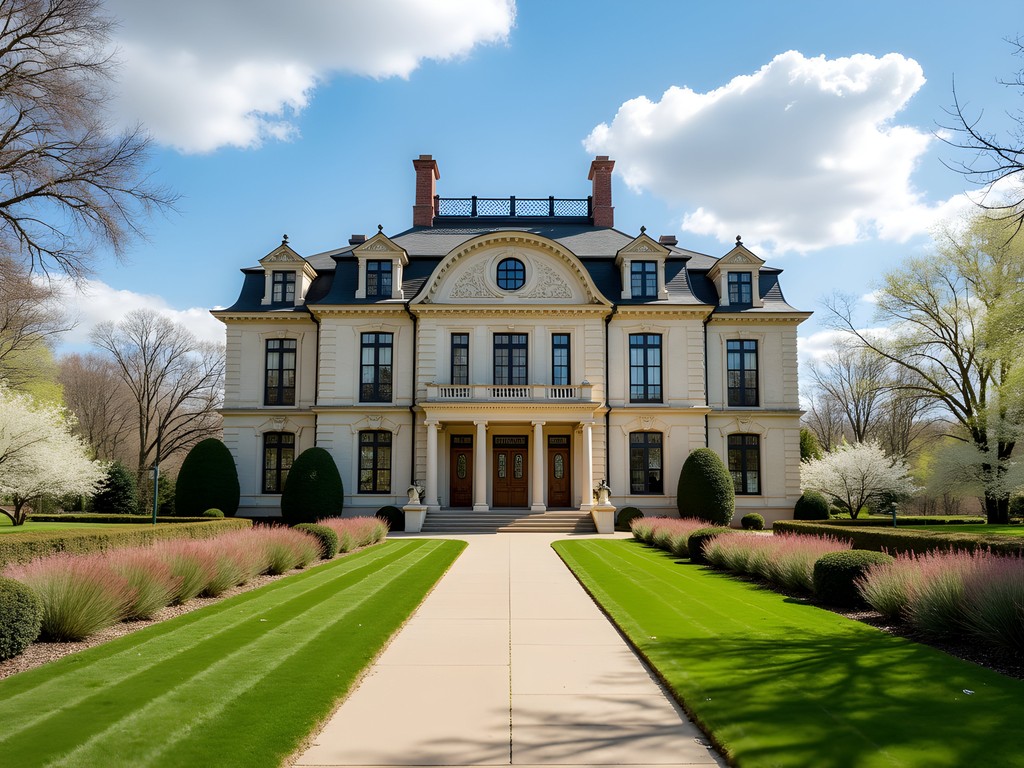
💡 Pro Tips
- Visit on weekdays between 9am-4pm when buildings are accessible and campus activity is moderate
- Request a visitor map at the security gate; guards are typically knowledgeable about which historic buildings are open that day
- The Sister Mary Grace Burns Arboretum within the campus contains 100+ species of trees, making spring visits particularly rewarding
Lake Carasaljo: The Natural Heart of Lakewood's History
As someone who seeks out lakes during business travel for their restorative qualities, I was particularly drawn to Lake Carasaljo. This man-made body of water, created in the 1870s, derives its unusual name from a portmanteau of the original owner's three daughters: Carrie, Sarah, and Josephine Brick. The lake became central to Lakewood's development as a resort destination, with hotels and mansions strategically positioned to capitalize on water views.
Today, a 4-mile paved pathway encircles the lake and its connected waterways, offering an excellent opportunity for a morning constitutional before diving into historical explorations. During my spring visit, I observed local residents fishing from several wooden bridges that connect the lake's islands, while others engaged in kayaking and paddle boating.
What makes Lake Carasaljo particularly significant from a historical perspective are the remaining boathouses and lakeside structures dating to the late 19th century. These architectural remnants provide tangible connections to the era when wealthy visitors would take afternoon boat excursions as a social activity. The lake's islands, accessible via footbridges, contain gazebos and seating areas that maintain their original Victorian aesthetic.
For couples visiting Lakewood, I recommend allocating your morning hours to lake exploration. The pathway system is well-maintained and suitable for all fitness levels, making it an inclusive activity. I found the early light particularly conducive to photography, especially where it illuminated the historical boathouses reflected in the calm morning waters.
Packing considerations should include comfortable walking shoes and a insulated water bottle to maintain hydration while exploring. Spring mornings can be deceptively cool, so layering is advisable. Several points along the lake path offer interpretive signs explaining the historical context of specific features, making this not merely a recreational activity but an educational one as well.
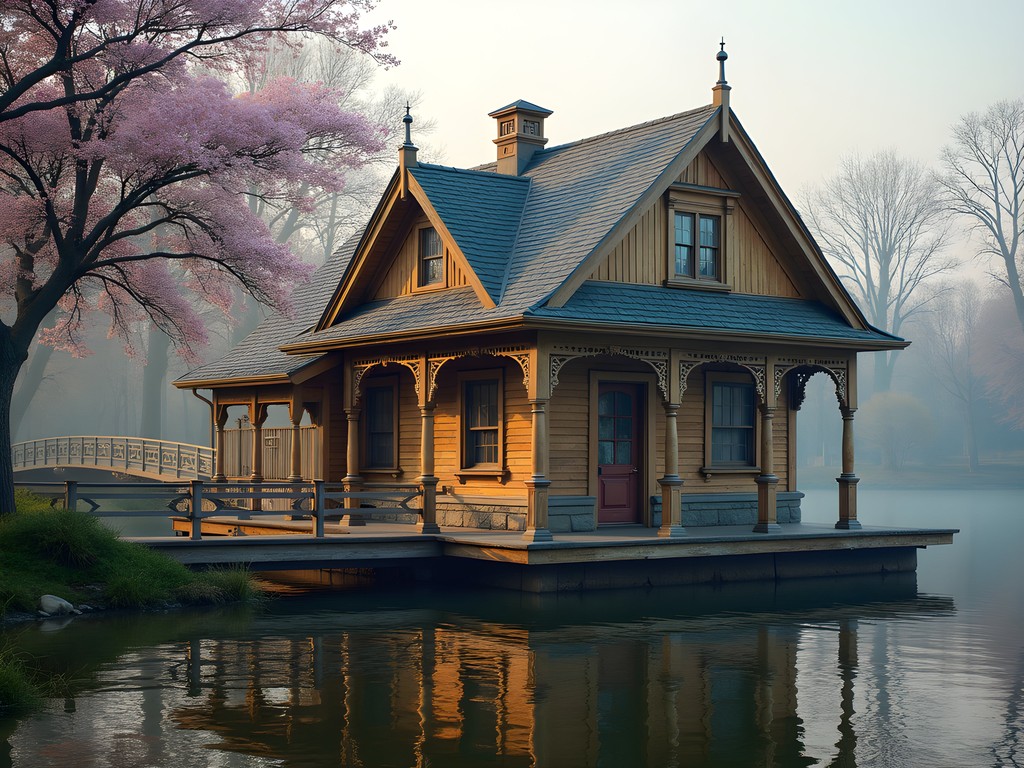
💡 Pro Tips
- The eastern shore path offers the best morning light for photography
- Ocean County Park connects to the lake path system, adding additional historical sites including former Rockefeller property
- Local ordinances prohibit swimming, but seasonal boat rentals are available at the south end of the lake
Architectural Walking Tour: Downtown Lakewood's Historical Narrative
My legal training has instilled in me an appreciation for methodical investigation, a skill that translates surprisingly well to architectural exploration. Lakewood's downtown district presents an intriguing case study in historical layering, where buildings from different eras coexist to tell the community's evolving story.
I developed my own walking route centered on Clifton Avenue, where the most significant concentration of historical structures remains intact. The Lakewood Public Library, housed in a Classical Revival building from 1916, serves as an excellent starting point. Beyond its architectural merit, the library maintains an exceptional local history collection that provides valuable context for subsequent explorations. I spent an hour reviewing their archive of historical photographs, which helped me visualize the streetscape as it appeared during Lakewood's prime resort years.
Moving north on Clifton Avenue reveals commercial buildings from the early 20th century that have maintained their original facades above street level. The most architecturally significant is the Laurel in the Pines Hotel site. While the hotel itself was destroyed by fire in 1967, remaining structures associated with the property offer glimpses into Lakewood's hospitality heritage.
What makes this self-guided exploration particularly rewarding is the juxtaposition of Lakewood's past and present. The town's current identity as home to one of the largest Orthodox Jewish communities outside Israel has influenced the adaptive reuse of many historical buildings. Former hotels now serve as religious schools, while maintaining their architectural integrity—a fascinating example of cultural preservation working in tandem with historical preservation.
For couples undertaking this walking tour, I recommend carrying a pocket guidebook that provides historical photographs and context for specific buildings. While comprehensive guided tours are unavailable, the Lakewood Historical Society occasionally offers specialized walking tours focusing on particular architectural periods or neighborhood developments. Their website is worth consulting before your visit.
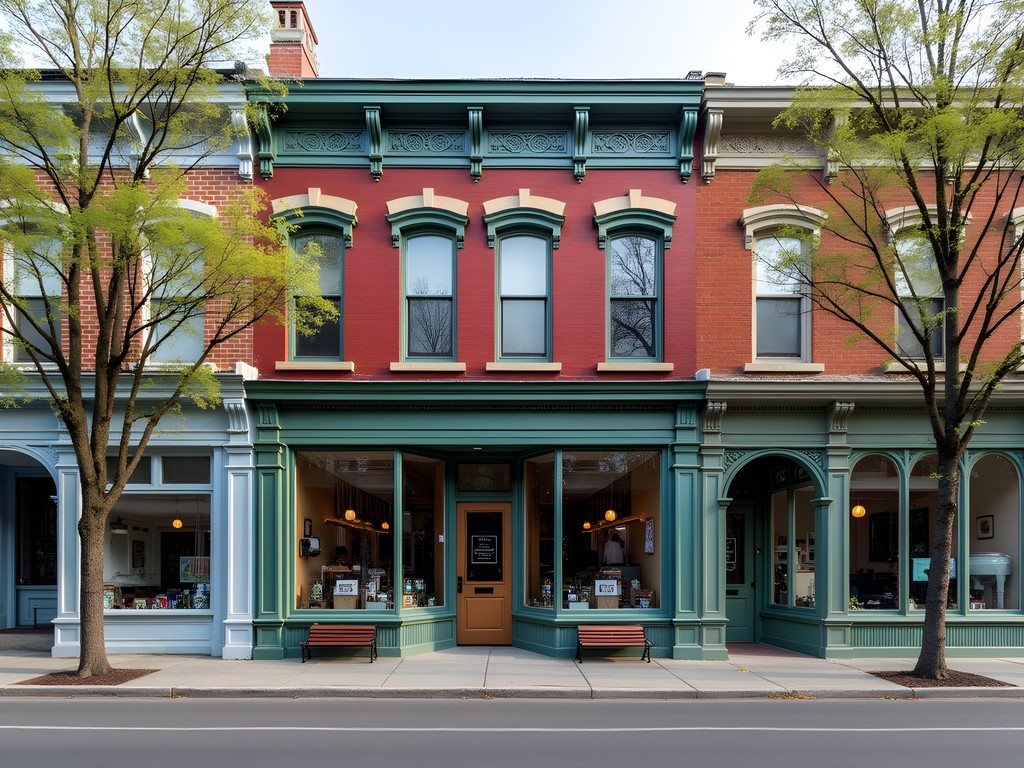
💡 Pro Tips
- The Historical Society Museum (housed in Sheldon Wolpin Heritage Center) is only open Wednesday afternoons and Sunday mornings—plan accordingly
- Many historical commercial buildings now serve religious functions; dress modestly when exploring these areas out of respect
- The Lakewood Public Library's historical room is accessible by appointment with 24-hour notice
Culinary History: Dining in Lakewood's Heritage Spaces
My approach to business travel has always involved identifying dining establishments that offer cultural insights alongside culinary satisfaction. Lakewood presents interesting challenges in this regard, as its current dining scene reflects its contemporary demographics more than its historical identity. However, persistent investigation revealed several options that connect visitors to the area's past.
The most direct link to Lakewood's resort era is the historic Woodlake Country Club. While primarily serving members, their restaurant accepts dinner reservations from non-members when capacity allows. The dining room occupies space in the original clubhouse, with windows overlooking the golf course that was once part of John D. Rockefeller's estate. The menu balances contemporary preferences with subtle nods to classic American resort cuisine—their Waldorf salad, for instance, follows a recipe dating to 1893.
For a more accessible option with historical connections, Charlie's Restaurant occupies a renovated 1920s commercial building that has housed eateries continuously for nearly a century. The current iteration serves New Jersey diner classics alongside Italian-American specialties. While the interior has been modernized, the owners have preserved architectural elements including the original tin ceiling and terrazzo floor. Vintage photographs of Lakewood adorn the walls, creating a mini-museum effect that enhances the dining experience.
Lakewood's Orthodox Jewish community has also created unique dining experiences in historical settings. Several kosher establishments occupy renovated spaces that once served different functions in Lakewood's resort economy. Madison Kosher, housed in a former 1930s pharmacy, retains the original soda fountain counter while serving contemporary kosher fare.
For couples with interest in both culinary and historical exploration, I recommend scheduling dinner at Woodlake Country Club one evening (making reservations 2-3 days in advance) and exploring the more casual options for lunch. Most establishments are closed on Saturday for Shabbat, an important consideration when planning your weekend itinerary.

💡 Pro Tips
- Call Woodlake Country Club 2-3 days ahead for non-member dinner reservations, mentioning your interest in the building's history
- Many restaurants close Friday afternoon through Saturday evening; Sunday brunch options are more plentiful
- Request window seating at Charlie's Restaurant for views of Clifton Avenue's historic buildings
Final Thoughts
Lakewood represents what I find most rewarding about historical exploration in America—the discovery of significant cultural narratives in unexpected locations. While it may lack the name recognition of other Gilded Age destinations, this works decidedly in the favor of couples seeking an authentic experience without contending with crowds or commercialization. The proximity to major metropolitan areas makes it logistically simple for a weekend excursion, yet the historical immersion feels remarkably complete. As an attorney who spends considerable time analyzing how past decisions shape present circumstances, I found Lakewood's visible historical layers particularly satisfying. The town presents a compelling case study in how communities evolve while maintaining connections to their heritage. Whether you're drawn to architectural details, landscape design, or cultural history, Lakewood offers substantive exploration opportunities that belie its modest contemporary profile. I encourage historically-minded couples to consider this overlooked New Jersey destination—the evidence of America's past awaits your deliberation.
✨ Key Takeaways
- Lakewood offers accessible Gilded Age history without the crowds of more famous historical destinations
- Georgian Court University contains some of the best-preserved mansion grounds and gardens in the Northeast
- Spring visits provide optimal conditions for enjoying both architectural features and natural landscapes
- The town's layered history from resort destination to religious center creates unique preservation dynamics
📋 Practical Information
Best Time to Visit
April-June (spring)
Budget Estimate
$200-350 for a weekend (excluding accommodations)
Recommended Duration
2-3 days
Difficulty Level
Easy





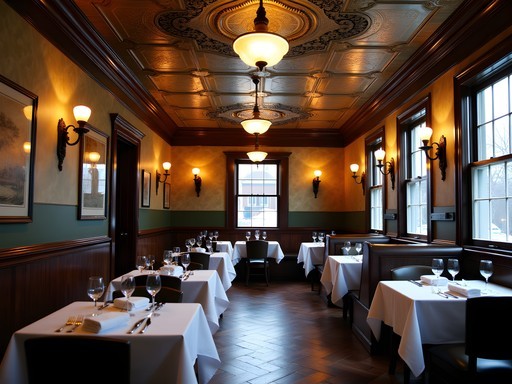









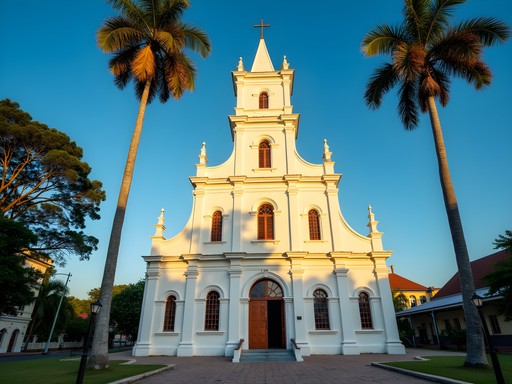
Comments
vacationrider
Is parking difficult around Georgian Court? Planning to drive down from North Jersey next month.
moonguy
There's a visitor lot right by the main entrance - super easy and free when I went. Just check their website first as they sometimes have events that limit parking.
greengal
How much time would you recommend spending in Lakewood to see the highlights? Is it worth staying overnight or better as a day trip from NYC?
Lucas Parker
I'd say it's perfect for a full day trip. You can see Georgian Court, do the walking tour, and enjoy Lake Carasaljo in about 6-8 hours. If you're coming from NYC, you might want to combine it with Point Pleasant Beach or Asbury Park for an overnight stay.
greengal
Thanks Lucas! That's exactly what I needed to know. Will plan a combo trip with Asbury Park.
Gregory Boyd
Fascinating piece, Lucas. I've spent considerable time exploring the Northeast corridor but somehow Lakewood escaped my radar. Your observation about historical narratives in unexpected places resonates deeply with my own travel philosophy. The transition from Vanderbilt estate to university campus particularly interests me - I've documented similar adaptations across Europe and Australia, but the American examples often have their own distinctive character. Did you notice any particular architectural elements that were preserved versus modified when the estate became an educational institution? This kind of adaptive reuse tells us so much about changing cultural values.
Lucas Parker
Great observation, Gregory. The Casino building (now the wellness center) retained most of its original marble and woodwork, while the main mansion preserved the grand staircase but repurposed many rooms for administrative functions. What struck me was how they maintained the exterior integrity while completely reimagining the interior spaces for education.
Jennifer Rodriguez
What an insightful piece on Lakewood's historical significance. The juxtaposition of Gilded Age opulence against the town's current identity creates a fascinating study in American urban evolution. I visited Lake Carasaljo last fall and was struck by how the lakefront pathways preserve the original design intent while serving modern recreational needs. The historical markers along the route provide excellent context about the lake's creation as part of the resort development. For budget travelers, I'd recommend the self-guided architectural walking tour (free PDFs available on the historical society website) followed by a picnic at the lake rather than the paid tours. The Georgian Court grounds are accessible without the full campus tour fee if you're just interested in the gardens.
travelmaster
If you're heading to Lakewood, definitely walk around Lake Carasaljo at sunset. The light on the water is magical, and there's a great ice cream shop nearby called Sweet Treats. I'd also recommend bringing a good pair of walking shoes for the architectural tour - it covers more ground than you might expect! I used my pocket guidebook which had some additional historical context that enhanced the experience.
nomadseeker
Love these kinds of posts about overlooked places! Adding Lakewood to my list.
smartzone
Any good restaurants you'd recommend in the area? Planning to visit in September.
nomadseeker
Not the author but Charlie's Restaurant on Madison Ave has amazing kosher food. Worth checking out!
sunnyguy
Just visited Georgian Court last weekend after reading this! The gardens were absolutely stunning and the mansion tour was worth every penny. We almost had the place to ourselves on Sunday morning. The docent mentioned they're doing a special Gilded Age exhibition in October - might be worth checking out if anyone's planning a trip!
escapegal
How much was the tour? Thinking of taking my mom when she visits next month.
sunnyguy
$15 for adults, and I think $12 for seniors. Totally worth it!
Megan Martin
Lucas, your ability to uncover these historical pockets during business trips is inspiring! I've done similar explorations around my conference destinations and find it adds such dimension to otherwise standard business travel. I visited Lakewood briefly in 2024 and was surprised by the architectural diversity. The downtown walking tour you mentioned is excellent - I'd add that if you go, the historical society offers guided tours on the first Saturday of each month that provide fascinating context about the town's development from resort destination to what it is today. I used my pocket guide which had some excellent additional context about Lakewood's Jewish heritage too.
backpackking
Is Lakewood easily accessible by public transit from NYC? Thinking of doing a weekend trip but don't want to rent a car.
Lucas Parker
You can take NJ Transit from Penn Station to Point Pleasant with a transfer at Long Branch. Lakewood is about 15 minutes from there by rideshare. Not the most convenient but definitely doable for a day trip!
Venture X
Premium card with 2X miles, $300 travel credit, Priority Pass